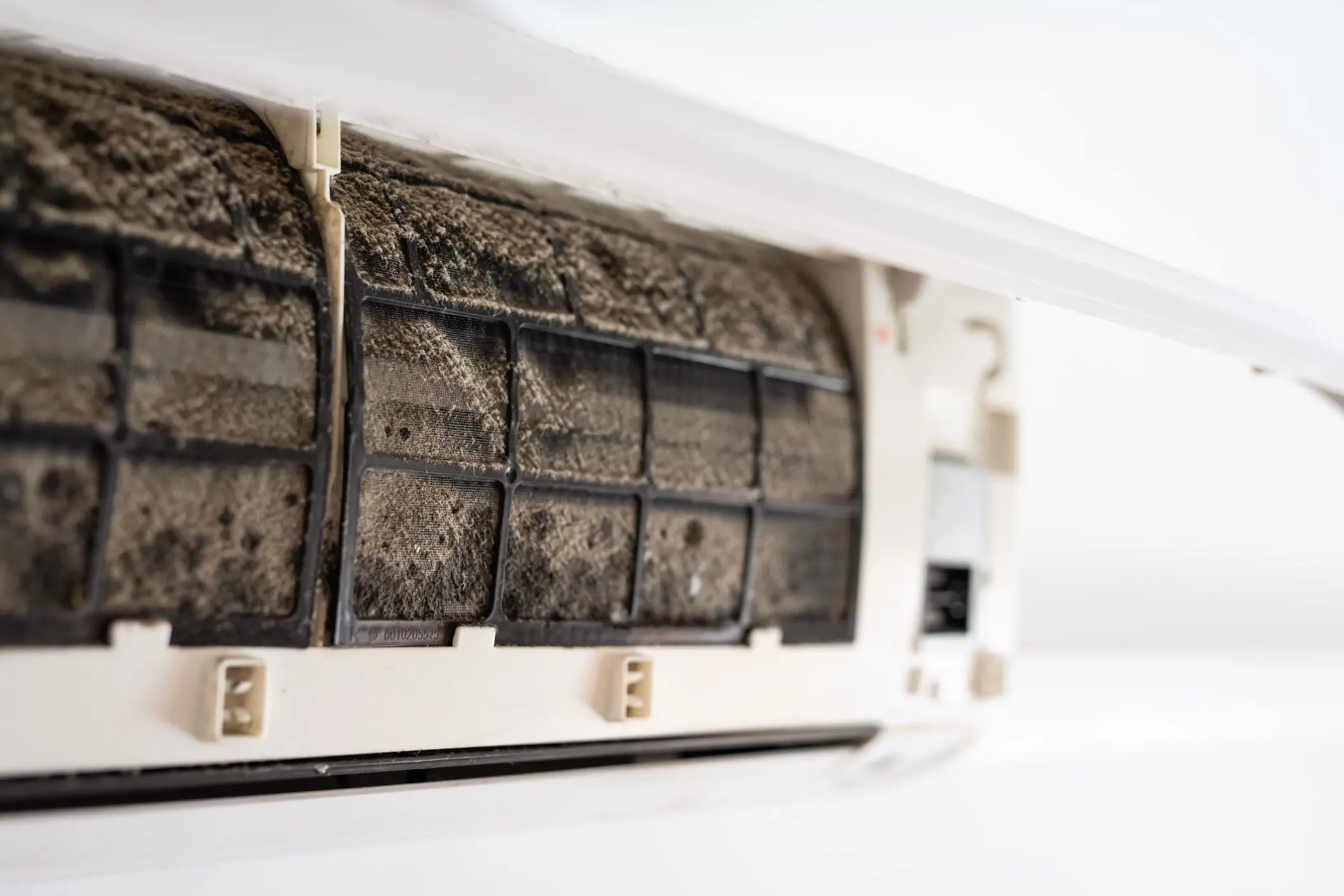Welcome to Mould Doctors - Prevention Tips
Our Passion
Here at Mould Doctors, we are extremely passionate about educating and providing services for people in the community to reclaim their health and well-being.

Remember - Dust is Mould Food!
Viruses host in bacteria; bacteria and mould host on particulate matter, such as dust particles and pollen, either in the air or on surfaces. It is essential that you keep your space as dust free as possible, as mould feeds off dust particles.

Best Defence
A part of having a clean, mould free environment is proper cleaning techniques that will help you prevent mould reoccurring. Below are some practical ways to help you clean and keep your space free from mould.

Hepa Vacuum Cleaner - Essential
Remember, 'dust is mould food'. Most vacuums just suck dust up and spit some of the fine dust particles out the exhaust, you know that stinky smell when using your vacuum, and mould attaches to dust. Even the expensive vacuums who declare theirs have HEPA filters are not true HEPA filters at all. A fully contained, bagged, true HEPA filtration vacuum cleaner is one of the best ways to control the spread of mould spores and their resulting mycotoxins. At Mould Doctors we use and recommend the Pacvac micron vacuums which are rated for use within medical facilities, schools and aged care facilities. This vacuum features a 4 stage H13 HEPA pre-motor cartridge filter which can effectively filter out 99.95% of 0.3 micron sized dust particles. It also includes a sealable, disposable dust bag that guarantees dust and bacteria are disposed of with minimal exposure to the user. If you don't like the vacuum on your back, you can check out Pacvac canister vacuums with HEPA filters, they are very cheap compared to the expensive brands but very effective!

Proper Cleaning Techniques
Using microfiber cleaning cloths to ensure that you are effectively removing dust from all surfaces and items within your space, and using a true HEPA filtration vacuum cleaner on furniture and other furnishings. Make sure that you wash your cloths after using. Important places that dust loves to build up are around skirting boards and cornices, door frames, under and around bed frames and all furniture, window sills and tracks, sliding doors and tracks, behind and around toilet s-bends, wardrobe sliding door tracks, vertical blinds, curtains and roller blinds, ornaments & knick-knacks, picture frames, around fridges, fly screens, children's toys, bookcases all need to be regularly dusted/cleaned to prevent dust build up and the reoccurrence of mould.

Furniture and Other Things
Keep all furniture like lounges, beds etcetera away from walls; it is important to allow proper air flow and ventilation, this prevents mould from growing in dark, dusty areas. In bathrooms, it is essential to run exhaust fans continually during showering in all seasons until the humidity level has returned to normal, this can take several hours in high humidity or in the cooler temperatures. A good way to reduce the amount of humidity in your bathroom is after you shower, squeegee the walls and floor thoroughly to remove excess water. This also helps to keep your shower clean between cleaning times and helps prevent the build-up of mould. If you have an en-suite bathroom, keep the door closed to the bedroom during and after showering to prevent moisture and humidity escaping into the bedroom.

When It Rains
Mould cannot grow under 55% humidity, so when it is raining keep windows and doors closed, if you can, to prevent rising humidity in your space. At Mould Doctors we use and recommend Ion max desiccant-dehumidifiers, they are self-renewable and are an invaluable investment for keeping humidity levels down during rainy weather and high humidity. Designed to effectively remove moisture from the air, preventing mould growth and other moisture-related issues in your home. Featuring advanced technology and user-friendly controls. Sensitive Choice, approved by the National Asthma Council.
Ironmax Desiccant Dehumidifiers

Split Cycle & Ducted Air Conditioners
Maintaining your air conditioning units is essential to ensure that you are not spreading mould spores throughout your space. Air conditioning units, including split cycle, ducted and portable units are dust magnets and breeding grounds for mould. Cleaning your filters regularly is essential, as is having annual deep cleaning of your air conditioning units. At Mould Doctors, we use and recommend Sanitair air-conditioning cleaning services annually. On the Sunshine Coast I come across many homes where there is a water leak coming from the ceiling but cannot find the cause. Many times it is due to the condensation caused by the air-con ducting. You see, the insulation rating on ducting on the Sunshine Coast is not rated for tropical, but it should be. Check your air-con ducting insulation, this is probably where the moisture is coming from.

Dishwashers
Dishwashers are breeding grounds for mould and bacteria. After using your dishwasher make sure that you leave it open to allow it to dry properly between uses. Also regularly clean your dishwasher with the recommended deep cleaning product for your make and model.

Washing Machines
Washing machines are also breeding grounds for mould and bacteria that can spread to your washing. Keep both top and front loaders open to properly air out between washes. Check the rubber gaskets on front loader machines regularly for mould build up. Avoid using fabric softeners/conditioners as they build up on the inside of the machine and are excellent mould food and can damage your machine and washing. Regularly clean your washing machine with a washing machine deep cleaner suitable for your brand and model, to prevent the build-up of mould inside your machine. Clean lint catchers after each use. Using an antifungal rinse aid in your washing is a terrific way to reduce mould growing in your machine and on your washing. It is essential not to leave wet washing sitting in the machine to prevent the build-up of mould.

Clothes & Wardrobes Etc
Wardrobes and linen cupboards are great places for mould to hide and grow. You can help protect your clothing and linen by not over packing your wardrobe, allowing for adequate air flow and ventilation around your clothing and linen. Sealing clean laundered clothing and linen in vacuum sealed bags is a great way to control mould exposure on your belongings during different seasons. Keep your wardrobes and linen cupboard dusted and vacuum the floor regularly to prevent the build-up of dust.

Clothes Dryers
If you have a clothes dryer, make sure that the area is well ventilated and run exhaust fans to reduce humidity created by the dryer. Ensure that you clean the lint filter with every use to prevent dust created by the dryer.
Mould Prevention Company Sunshine Coast

